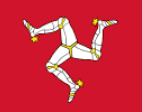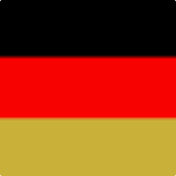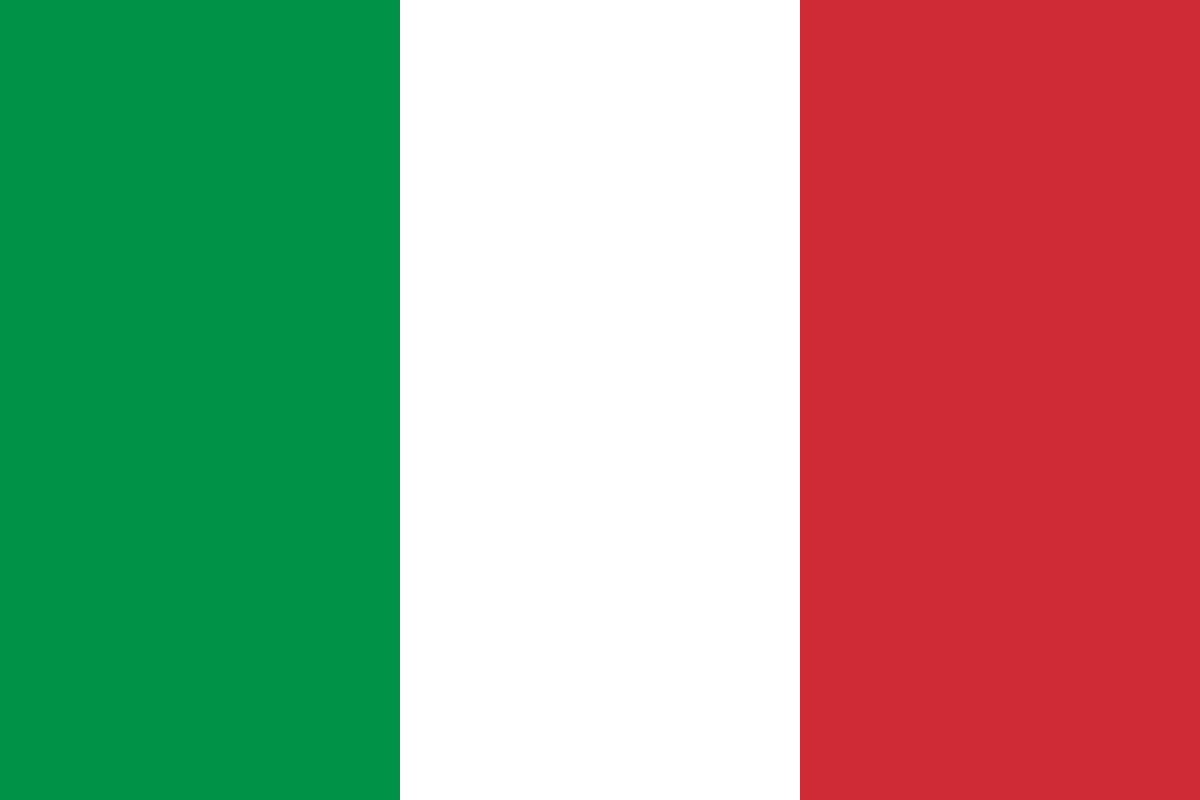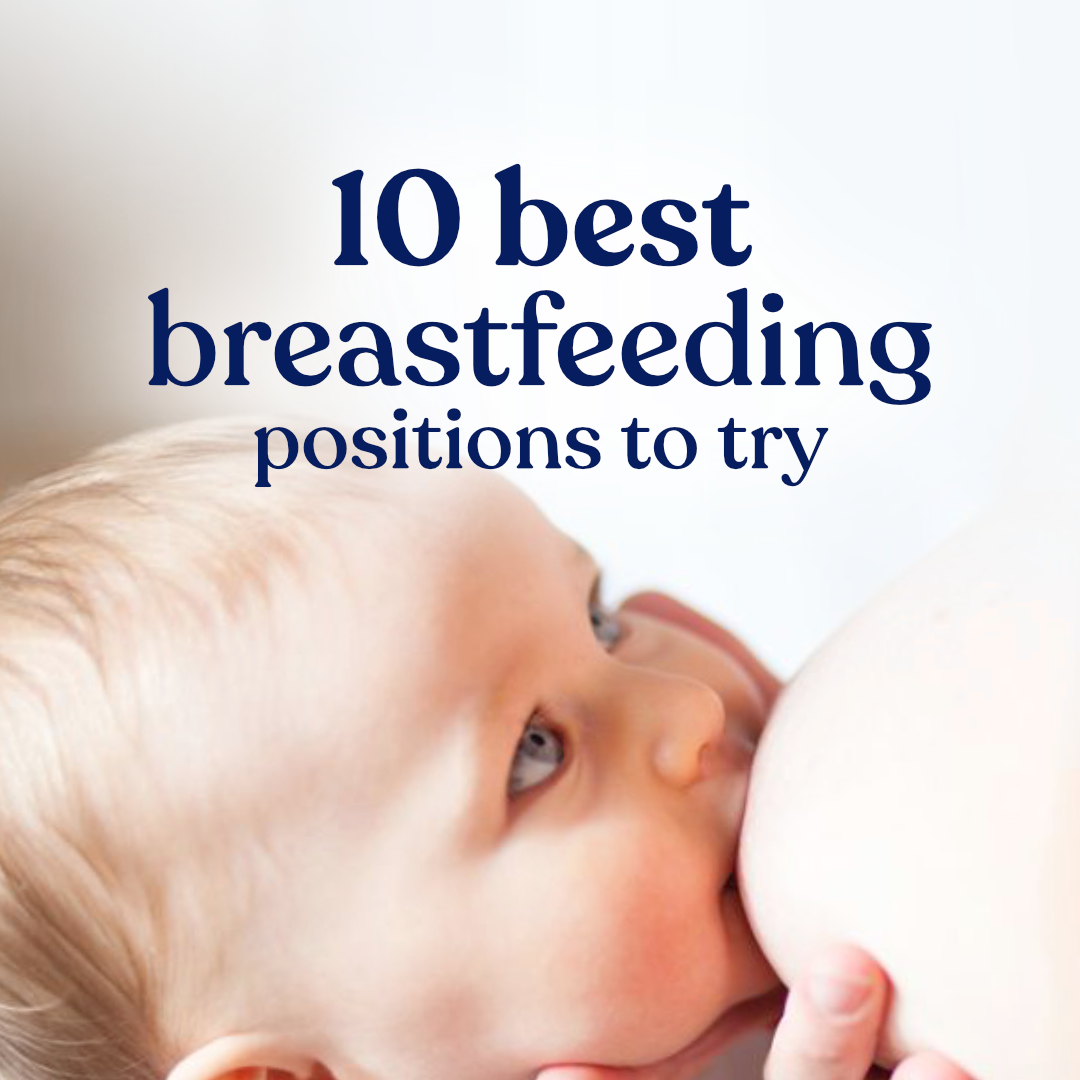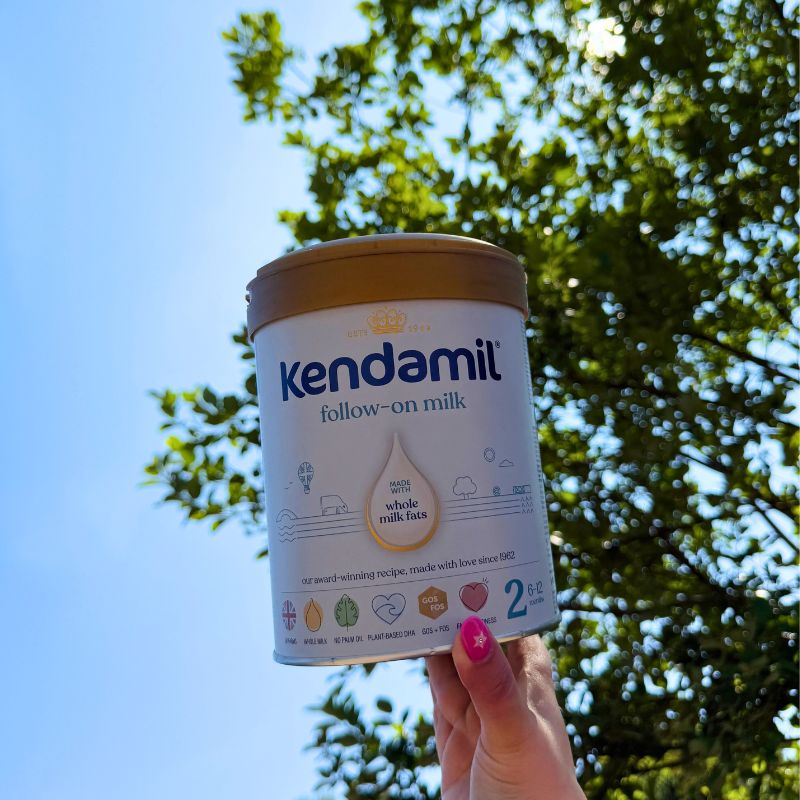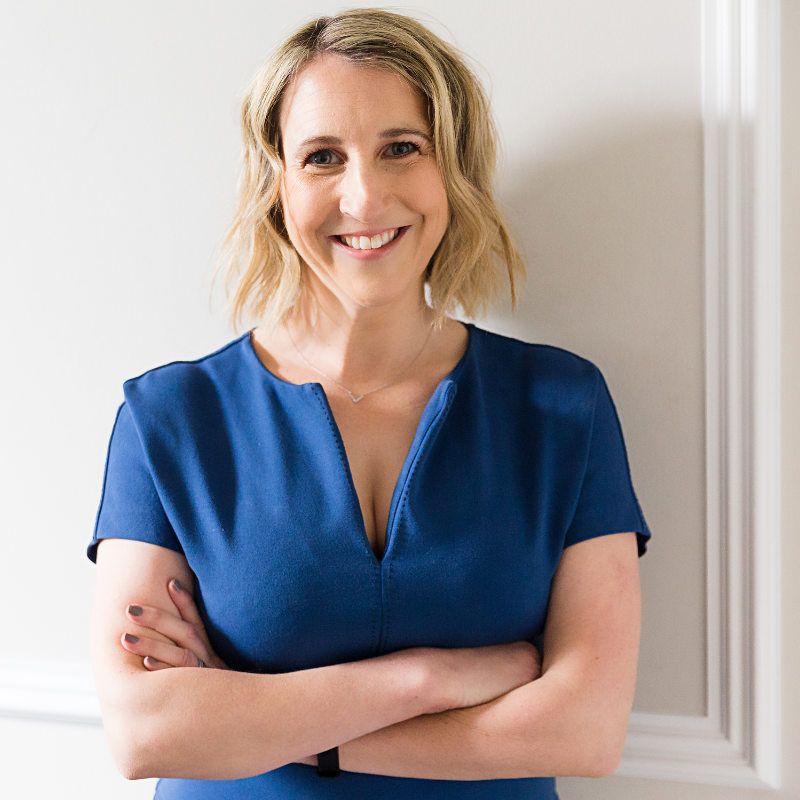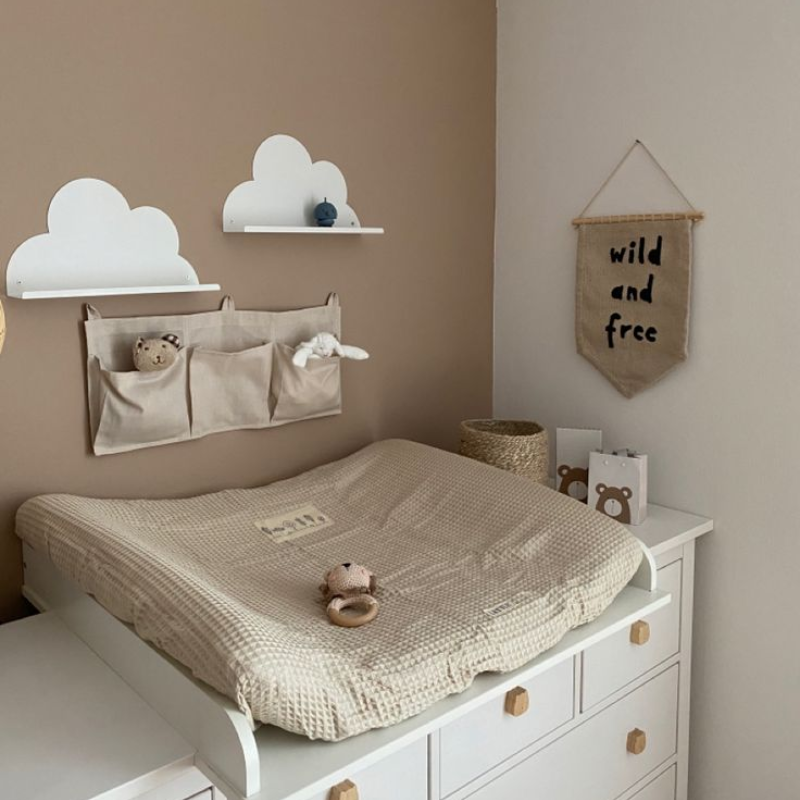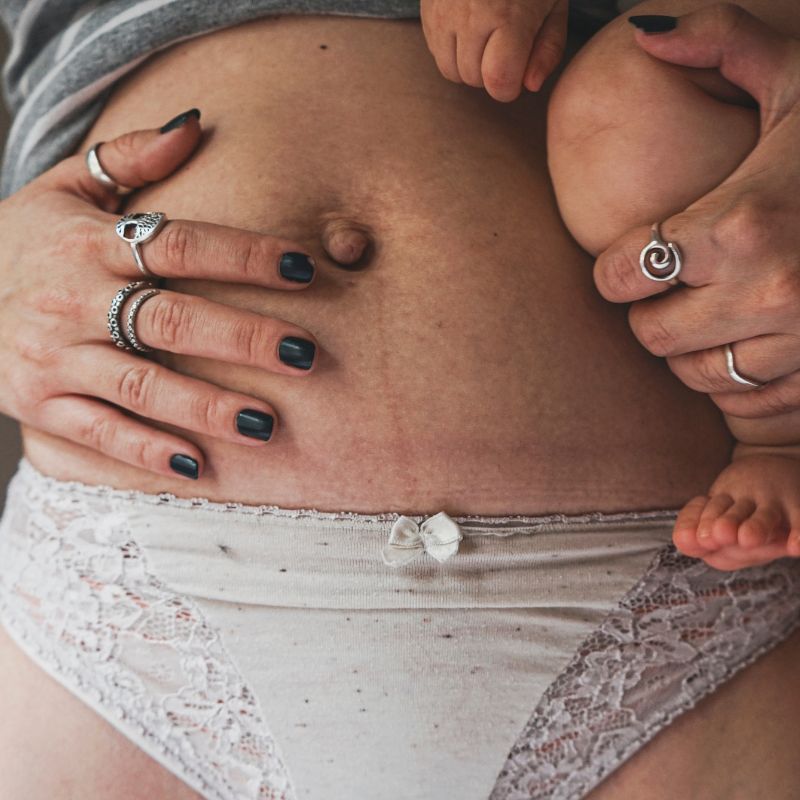Finding the right breastfeeding position can be an amazing experience. ✨
It ensures comfort, relaxation and bonding throughout your baby’s feeding journey. The right position can also help to prevent issues such as baby reflux, excess air inhalation and other digestive upsets.
Another bonus? A nice, comfy position can also amp up the breastfeeding experience for YOU - from preventing sore nipples to preventing pressure on certain areas of the body.
But, sometimes, you do have to try a few different positions. Rome wasn’t built in a day - and every baby (and body!) is different. A position that might work for some, may not be ideal for you. So, we’ve rounded up the 10 best breastfeeding positions for you to pick and choose your favourites.
But, before we dive in, we just want to say:
✔️ Every mum’s body is different. So what works for some might not work for you.
✔️ We recommend trying a range of positions until you find the right one!
✔️ If you’re struggling, try talking it out with friends, family and healthcare professionals.
Let’s see if we can help you find a breastfeeding position that works for you and your little one.
The Top 10 Best Breastfeeding Positions:
- Breastfeeding While Reclined
- Breastfeeding While Cradling
- Breastfeeding While Cross-Cradling
- Breastfeeding Face To Face (The Koala Hold)
- Breastfeeding While Side-Lying
- Laid-back Breastfeeding
- Breastfeeding Underarm (The Rugby Clutch)
- Dangle Breastfeeding
- Breastfeeding With a Sling
- Hand-Supported Breastfeeding
😴 Breastfeeding While Reclined

A common (rather relaxing) position, if you can make it work for your body type. Do note that, if you’ve had a recent caesarean, you can lay your little one across you so there’s no painful pressure on any incisions.
✨ Lie down on a bed or sofa (whatever is comfiest for your back).
✨ Prop yourself up a little with pillows. Try to lean back - don’t lie flat!
✨ Put the little one on your stomach - let them crawl to your breast and feed (if they can!)
🤱 Breastfeeding While Cradling

This is a popular position for early feeding. If you’re trying this position, we recommend sitting somewhere, propped up with pillows for maximum comfort.
✨ Cradle your baby, as they face you.
✨ Make sure to support the head, neck and shoulders - often this is best done by your hand supporting the length of your little one’s body.
✨ Check to make sure that your baby’s ear, shoulder and hip are in line.
✨ This position makes it useful to have a little sling or towel to cover up (if you want to).
Breastfeeding While Cross-Cradling 🤱

Similar to cradling, except your arms switch roles. As a result, when you cross-cradle, your baby lies in the opposite direction to a conventional cradle. This encourages you to support your little one’s head and body a little bit more.
Cross-cradling provides you with a free arm and more skin-to-skin contact. This is a great position if your baby is small and needs a little more support during feeding. It’s also great if your baby has some difficulty latching.
✨ Cradle your baby across your body
✨ Support their head and shoulders with your opposite arm
✨ Essentially, you want to support your baby’s head with your free arm.
🐨 Breastfeeding Face To Face (The Koala Hold)

Your baby sits up while feeding - this is great for babies with reflux. Holding your baby up, during and after feeding, can potentially help keep their milk down.
✨ Place your baby on your lap. Your little one’s legs can be on either side of your thighs.
✨ Make sure to support their neck and head as they feed.
🤗 Breastfeeding While Side-Lying

This position is fantastic if you’ve had a cesarean birth, as it alleviates pressure off your stomach. It’s also super comfy, especially if you’re a side sleeper.
✨ Lie sideways (as obvious as that sounds) with your baby in the same position, facing you.
✨ Try and get you and your baby tummy to tummy. This helps to keep your little one aligned.
✨ A pillow under your head is extremely helpful. Just flop on down (take a nap, maybe!)
✨ Put a baby blanket under your little one, so they’re also supported.
✨ Let your baby latch on. Use one arm to support your head under the pillow. Your free arm can guide your little one to your nipple.
😴 Laid-back Breastfeeding

Another great position if you’ve had a cesarean (and a fantastic one those tired evenings...or mornings...or afternoons). This one’s great for babies that don’t need too much support while feeding.
✨ Lie back, as comfortably as possible.
✨ Place your baby’s body over your shoulder.
✨ Aim to place your little one at a right angle to your upper body.
✨ Your baby can latch onto your nipple, without placing any pressure on your stomach.
🏉 Breastfeeding Underarm (The Rugby Clutch)

This one sounds sportier than it actually is. Although, many do claim that this position is great for nursing twins so maybe some athletic prowess is required (just kidding, it’s a nice position!).
✨ Sit in a chair, with a pillow on your side, under your arm.
✨ Place your little one almost perpendicular to you, lying on the pillow.
✨ Keep your arm over your baby - you’ll want to align your hips with their hips.
✨ Make sure to support your baby’s head, as they latch onto your nipple.
🍒 Dangle Breastfeeding

This is a great position for you if you have a condition where your breasts are sensitive or sore to the touch - such as when the milk flow in your breast is blocked.
We don’t recommend this position for every time you feed your baby - but if you're sore (and/ or need the assistance of gravity to work in your favour) then dangle breastfeeding your little one could be a great relief.
✨ Lie your little one on their back.
✨ Crouch or kneel over your baby, leading your nipple to their mouth.
✨ Use cushions as props to make yourself as comfy as possible.
👜 Breastfeeding With a Sling

This is a great way to feed your baby while on the go - especially if your little one is a little more experienced in breastfeeding, without needing too much support.
✨ Wrap your baby in a sling, front-to-front, so they’re securely attached to you.
✨ Ensure your little one’s head isn’t dropping down to their chest.
✨ You should wrap your sling in such a way that you can see your baby’s face at all times.
✋🏾 Hand-Supported Breastfeeding (The ‘U’ Shaped Hold)

This is a wonderful way to feed your baby if they’re struggling to latch. Hand-supported breastfeeding is usually recommended to help feed babies who are:
- Born premature
- Struggle to latch
- Feel ill or poorly
- Have a disability
- Have low muscle tone
✨ Cup your breast. Ideally, you’ll want your fingers on one side and your thumb on the other.
✨ Your thumb and index finger should form a ‘U’ shape in front of your breast.
✨ Your three remaining fingers cup your breast.
✨ Still cupping your breast with those three fingers, gently guide your nipple to your little one’s mouth.
✨ Your free index and thumb can now rest under your baby’s jaw as they feed.
✨ Those three fingers can cup your breast, while your thumb and index fingers support your baby’s head.
✨ While feeding, ensure your baby’s chin rests at the bottom of that ‘U’, shaped by your thumb and index finger.
We’re Here To Support YOU On Your Feeding Journey.
We’re parents too - so, trust us when we tell you that we’ve been through it all. It may take some time to get it right, give yourself some grace - even the struggles and discomfort can be a learning experience for the next feed.
Above all, if you find yourself struggling, open up to a friend or partner or let an expert know your thoughts and feelings. Never feel ashamed about how your body works - we promise the more transparent you are, the better you’ll feel.
Remember that breastfeeding can be a beautiful experience for so many mums. We hope you find the right position for you.
Expecting Your Little One? Want More Support? Try An NHS Antenatal Class.
If you’re expecting, we definitely recommend finding an antenatal class near you - to give you confidence on breastfeeding (and all other things baby) before your little one is born.
For more information on finding an antenatal class, click this link 👉 https://www.nhs.uk/pregnancy/labour-and-birth/preparing-for-the-birth/antenatal-classes/
🤱 For more support on breastfeeding positions, please check out these incredible resources! Happy feeding!
Source: NHS UK
Important Notice: Breastfeeding is best. Kendamil Follow-on milk is only for babies over 6 months, and should be used as part of a mixed diet. Please talk to your Healthcare Professional.
